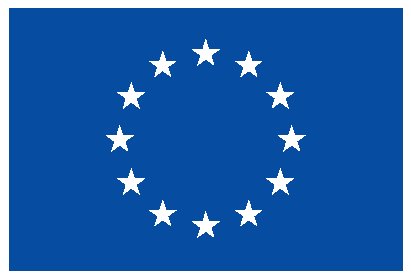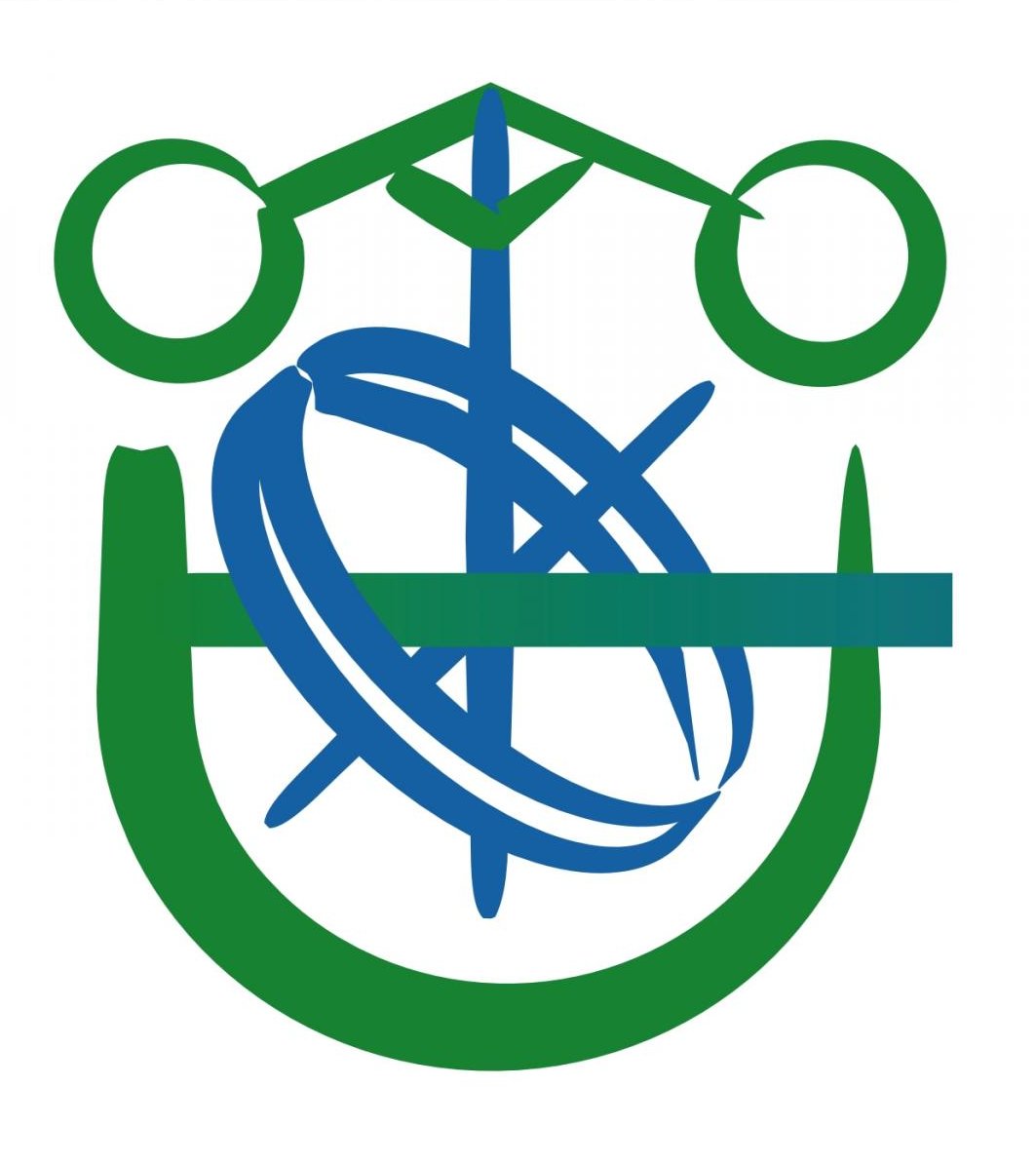Validation of artificial neural networks as a methodology for donor‐recipient matching for liver transplantation
Hits: 9039
- Research areas:
- Year:
- 2018
- Type of Publication:
- Article
- Authors:
-
- Ayllón, María Dolores
- Ciria, Rubén
- Cruz-Ramírez, Manuel
- Pérez-Ortiz, María
- Gómez, Irene
- Valente, Roberto
- O’Grady, John
- de la Mata, Manuel
- Hervás-Martínez, César
- Heaton, Nigel D.
- Briceño, Javier
- Journal:
- Liver Transplantation
- Volume:
- 24
- Number:
- 2
- Pages:
- 192-203
- Month:
- February
- ISSN:
- 1527-6465
- Note:
- JCR(2018): 4.159 Position: 16/203 (Q1) Category: SURGERY
- Abstract:
- n 2014, we reported a model for donor-recipient (D-R) matching in liver transplantation (LT) based on artificial neural networks (ANNs) from a Spanish multicenter study (Model for Allocation of Donor and Recipient in España [MADRE]). The aim is to test the ANN-based methodology in a different European health care system in order to validate it. An ANN model was designed using a cohort of patients from King’s College Hospital (KCH; n=822). The ANN was trained and tested using KCH pairs for both 3- and 12-month survival models. End points were probability of graft survival (correct classification rate [CCR]) and nonsurvival (minimum sensitivity [MS]). The final model is a rule-based system for facilitating the decision about the most appropriate D-R matching. Models designed for KCH had excellent prediction capabilities for both 3 months (CCR-area under the curve [AUC]=0.94; MS-AUC=0.94) and 12 months (CCR-AUC=0.78; MS-AUC=0.82), almost 15% higher than the best obtained by other known scores such as Model for End-Stage Liver Disease and balance of risk. Moreover, these results improve the previously reported ones in the multicentric MADR-E database. In conclusion, the use of ANN for D-R matching in LT in other health care systems achieved excellent prediction capabilities supporting the validation of these tools. It should be considered as the most advanced, objective, and useful tool to date for the management of waiting lists.
- Comments:
- JCR(2018): 4.159 Position: 16/203 (Q1) Category: SURGERY







